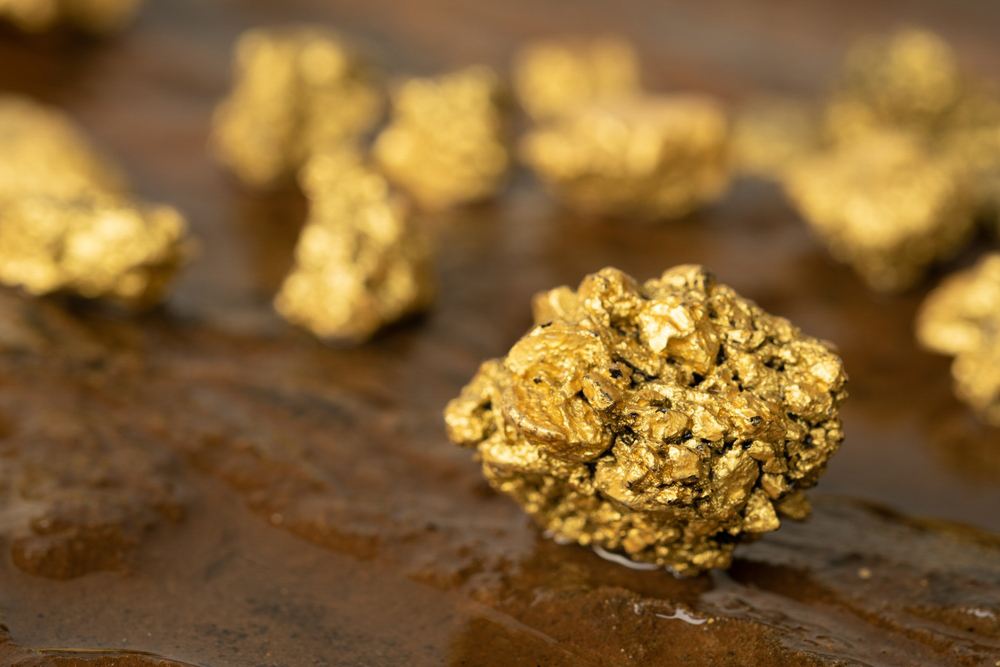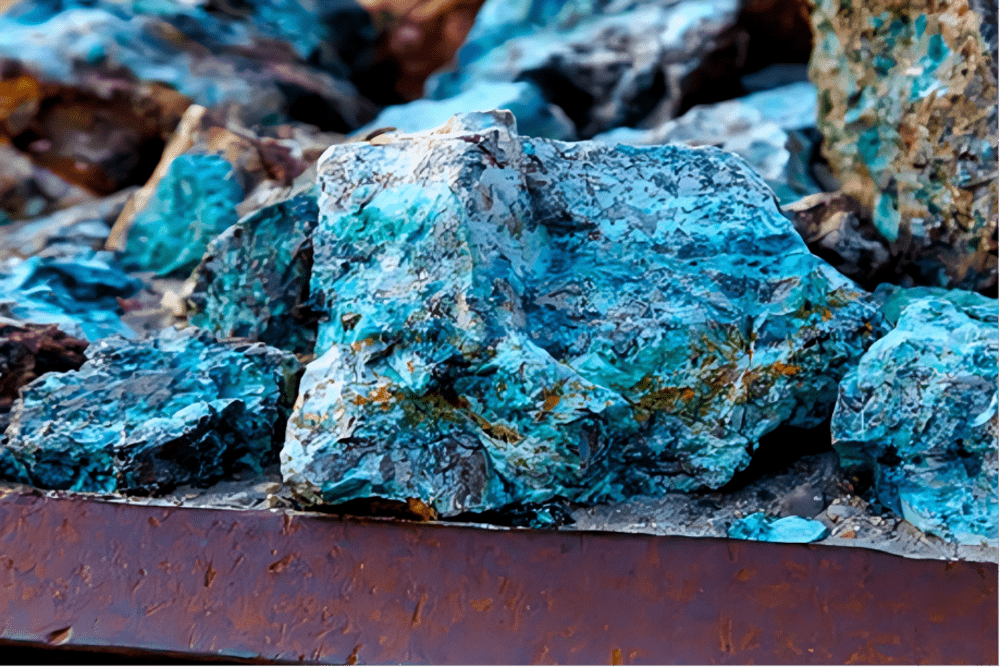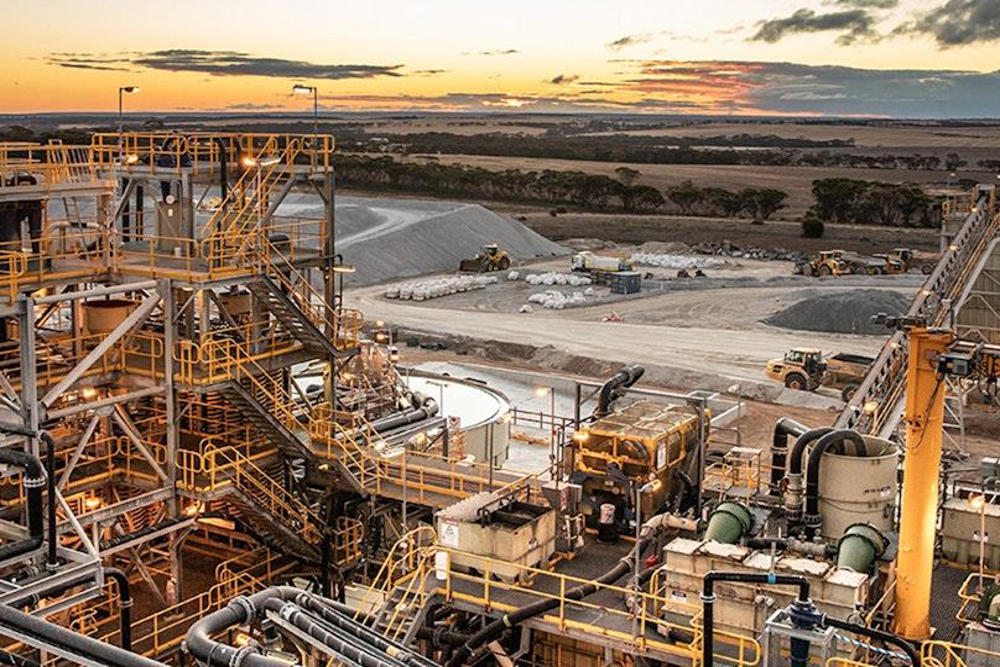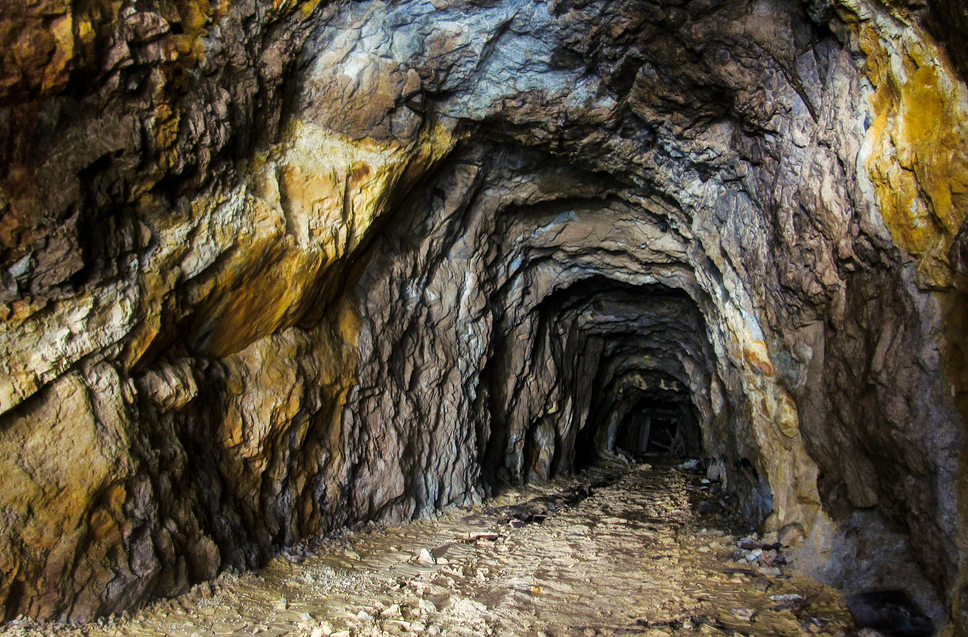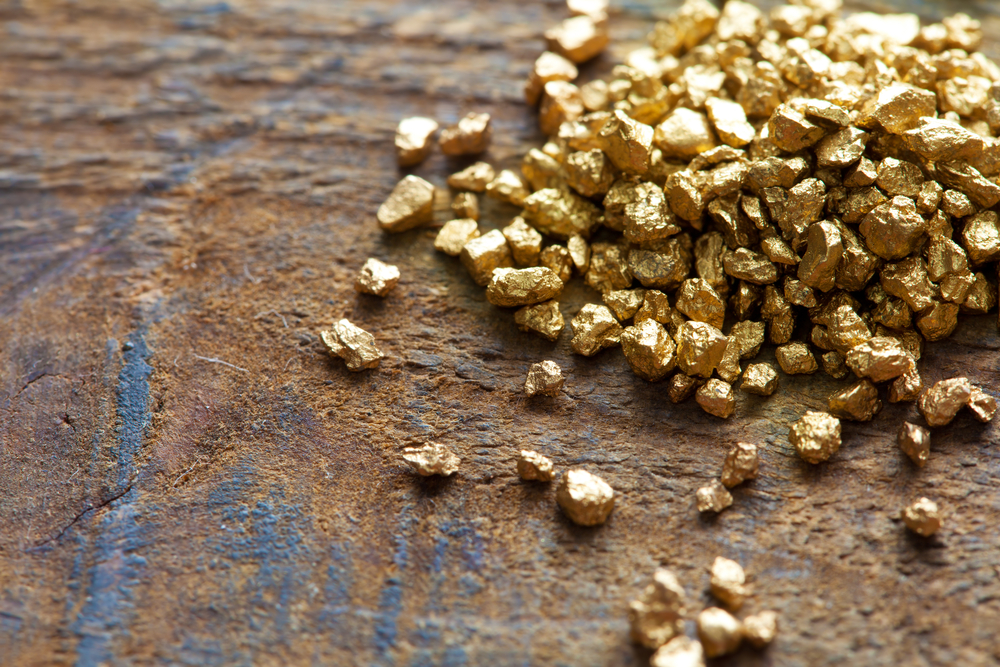
Curtin University researchers have improved their award-winning glycine leaching technology by significantly enhancing the leaching rates for gold ore. This was achieved by using a low concentration of a strong oxidising agent known as potassium permanganate.
The research, published in the journal Hydrometallurgy and led by Professor Jacques Eksteen and Dr Elsayed Oraby both from the WA School of Mines: Minerals, Energy and Chemical Engineering, found that adding potassium permanganate to the process could solve the problems currently associated with leaching gold with glycine (in the absence of cyanide), such as the need for higher temperatures, glycine concentrations and oxygen addition levels.
Professor Eksteen detailed that the research team evaluated various oxidants for their new alkaline glycine gold leach system, with the most successful results observed with potassium permanganate.
“Traditionally, leaching or separating gold and other precious metals from an ore deposit or e-waste materials requires the use of cyanide – a highly toxic chemical compound that is known to have detrimental effects to the environment and to the human body,” Professor Eksteen shared.
“Industrially, it is very expensive to detoxify cyanide, but it still does not eliminate the risks associated with transporting, handling and processing the chemical.”
Professor Eksteen noted that glycine is naturally produced by the human body and it is essential for life, while cyanide on the other hand is dangerous for life, it destroys life.
“Permanganate and glycine partially decompose to form insoluble manganese dioxide, insoluble calcium oxalate, and nitrogen all of which are naturally occurring, low-toxicity chemical compounds. Whereas cyanide retains its toxicity, even in the waste solution of the extraction process,” he said.
“With low concentrations of potassium permanganate being added to the alkaline glycine system, we were able to leach 85.1 per cent of gold from the ore deposit (similar to the extraction by cyanidation) at ambient temperature and using a substance known as a benign reagent, which in industry standards is quite an achievement.”
Dr Elsayed Oraby commented that the new process builds on Curtin’s work in this space, which has been ongoing for the past eight years.
“Researchers at Curtin University have spent years developing a new leaching process and our work broadens the use of this patented technology, making it more suitable for extracting gold deposits,” Dr Oraby said.
“We believe this new process will bring many benefits to gold extraction industries, which from an environmental point of view, is a much friendlier extraction method.”
The Curtin team is currently working with minerals industry partner, Mining and Process Solutions Pty Ltd (MPS) to commercialise the new process.
The full paper is titled, “Gold leaching from oxide ores in alkaline glycine solutions in the presence of permanganate.”







